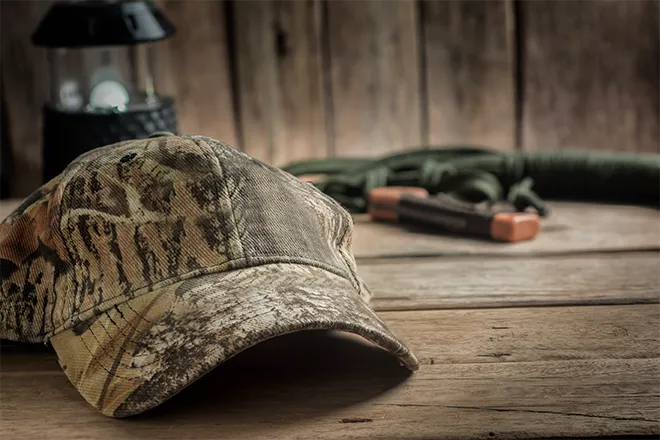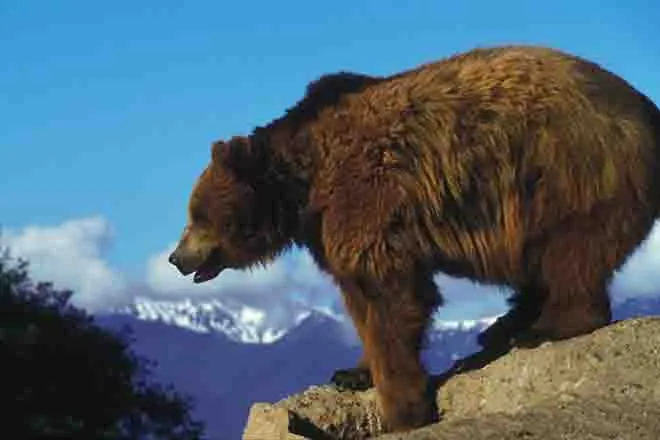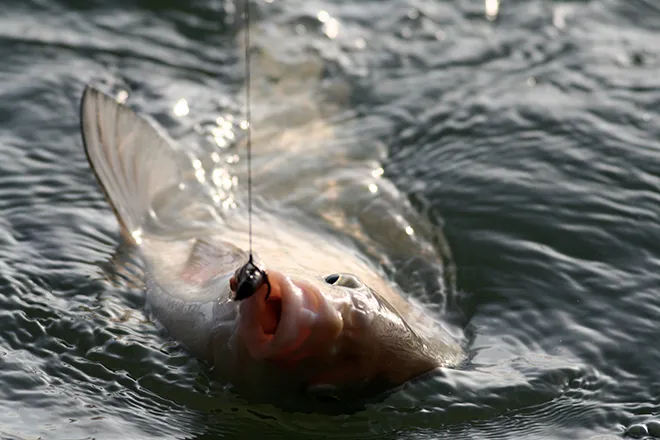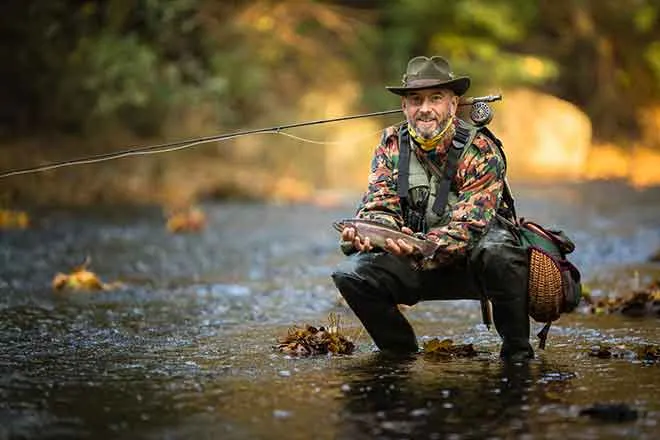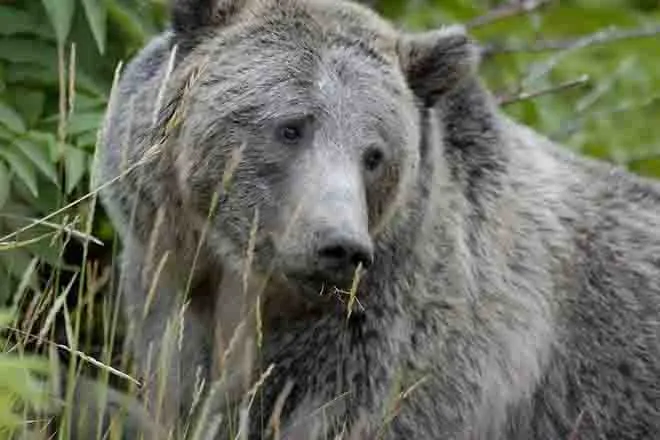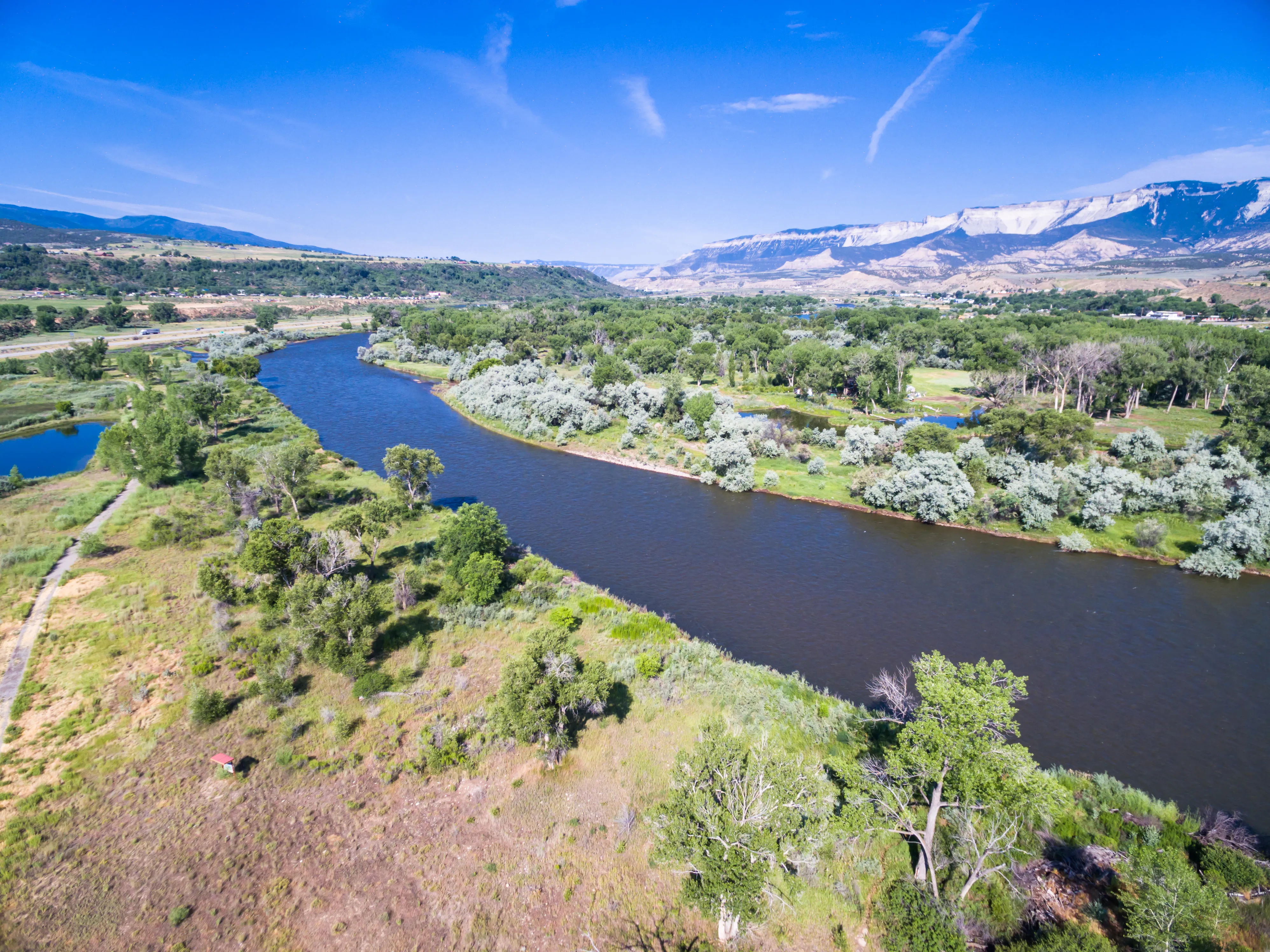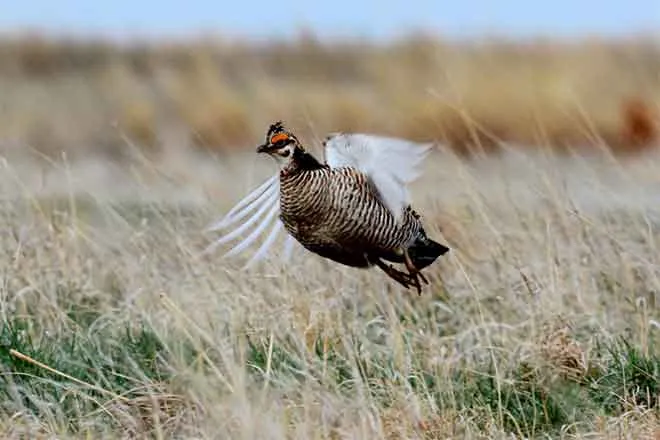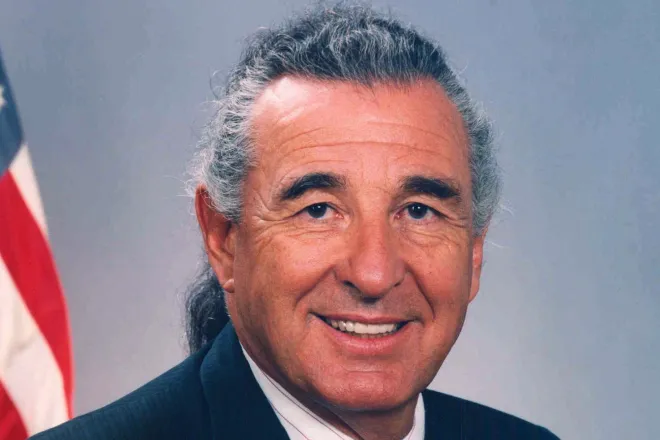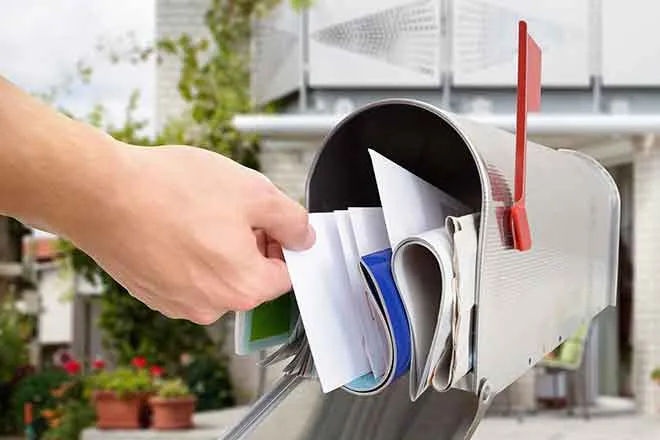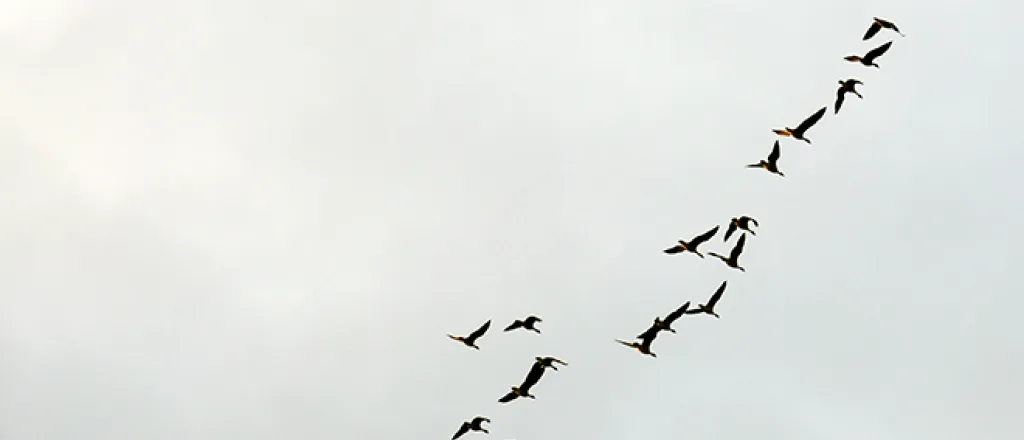
Colorado Hunters Can Expect Good Waterfowl Hunting Opportunities During the 2019-2020 Seasons
Despite drier conditions across most of the state as we head into the fall, Colorado hunters should be able to find good waterfowl hunting opportunities during the 2019-2020 seasons. Waterfowl hunting seasons in Colorado extend from September teal and Canada goose seasons to light goose conservation seasons ending in April.
Local waterfowl production in 2019 was likely average to good due to the wetter spring conditions across the state. However, most ducks and geese in Colorado during the fall and winter hunting seasons are migrants arriving from states to the north and Canada. Each year the U.S. Fish and Wildlife Service conducts surveys of waterfowl and their habitats in these primary breeding areas.
In 2019, the total duck breeding population estimate in the surveyed area was 38.9 million birds, 6 percent lower than the 2018 estimate of 41.2 million but 10 percent higher than the long-term average (1955 - 2018). Numbers of the five most harvested ducks in Colorado showed similar patterns.
Mallard
Estimated mallard abundance was 9.4 million, similar to the 2018 estimate of 9.3 million but 19 percent above the long-term average of 7.9 million.
Green-winged teal
The estimated abundance of green-winged teal was 3.2 million, similar to the 2018 estimate of 3.0 million and 47 percent above the long-term average.
Gadwall
Estimated abundance of gadwall was 3.3 million, similar to the 2018 estimate but 61 percent above the long-term average.
Blue-winged teal
The 2019 estimate for blue-winged teal was 5.4 million, 16 percent below the 2018 estimate and similar to the long-term average of 5.1 million.
American wigeon
Abundance estimates for American wigeon was 2.8 million were similar to the 2018 estimate and the long-term averages of 2.6 million.
Habitat conditions were similar to or slightly drier across the survey area compared to last year, but improved in eastern Montana and the western Dakotas, important areas for ducks migrating through Colorado. Canada goose production in Colorado appeared to be average to good, and variable habitat conditions across the region likely resulted in average breeding success for Canada geese that winter in Colorado. For Arctic-nesting cackling geese and snow and Ross’s geese that occur in Colorado, average spring thaw conditions led to better production than in 2018. Populations of Arctic-nesting geese remain at relatively high numbers.
Colorado’s waterfowl environments are diverse, ranging from shallow wetlands to large reservoirs. Typically, the best hunting is available when cold fronts push birds south from southern Canada, the Dakotas, Montana and Wyoming.
Colorado’s waterfowl season dates and bag limits for 2019 - 2020 are similar to 2018 - 2019. One exception is that hunters may only harvest one pintail per day this season, compared to two per day last season. In addition, the South Park/San Luis Valley dark goose zone has been split into two separate zones, each with different season dates. In the South Park Zone the dark goose season is October 5, 2019 through January 17, 2020; in the San Luis Valley dark goose zone, the season is October 5-23, 2019, and November 23 through February 16, 2020.
Colorado Parks and Wildlife Avian Research Leader Jim Gammonley suggested hunters get out to areas ahead of time for a successful season. “Conditions and the timing of migration are always changing,” Gammonley said. “Take a look around areas where you want to hunt and see local conditions. Even if you always hunt the same area, water, habitat, and patterns of bird use can change every year. Doing some scouting can help you plan your hunt and you may find new areas.”
For more information about Colorado’s waterfowl seasons and hunting regulations, see the 2019 Colorado Waterfowl brochure, available at statewide license agents and CPW offices or online. Duck and goose hunting in Colorado requires a small-game license and both federal and state waterfowl stamps, available for purchase through CPW’s online system. In addition, hunters are required to obtain a Harvest Information Program (HIP) number.
Colorado Outdoors Online, in cooperation with Ducks Unlimited, offers a Waterfowl Resource Guideto help hunters get the most out of their time in the field.
For most waterfowl hunters, finding a place to hunt is often more challenging than the hunt itself. Fortunately, Colorado offers a variety of public land hunting opportunities. Here is some information and tips on hunting waterfowl on public land.

